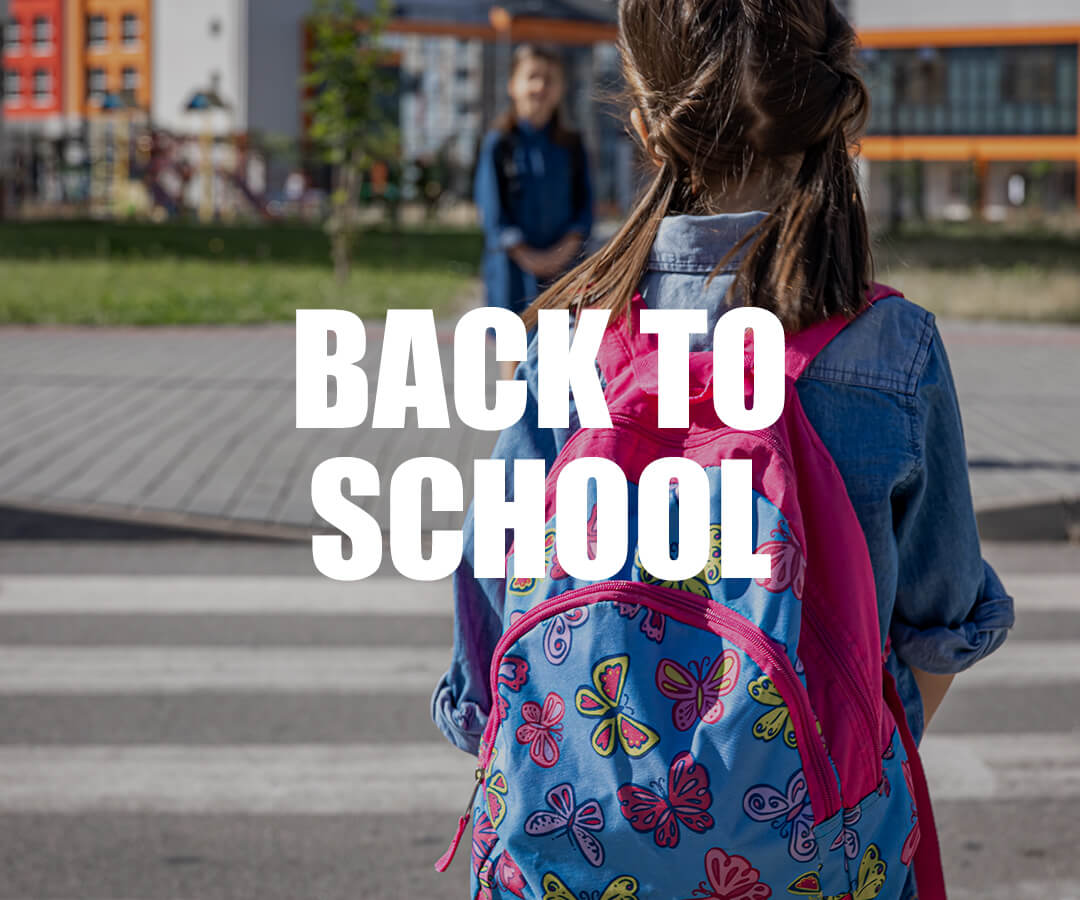BACK to School: The Ultimate Guide to Choosing and Wearing the Perfect Backpack for School
Backpack Awareness day is coming up next month and as the new school year approaches, it is essential to equip our students with the right tools for success. One often overlooked but crucial item is the one thing that can hold everything else: The backpack. A well-chosen backpack not only ensures comfort and convenience, but also promotes good posture and prevents unnecessary strain on young shoulders and backs – something we love to foster here at Triangle Spine Center. In this blog, we will delve into the art of selecting and wearing a backpack, providing valuable insights for school-aged individuals and their parents.
Prioritizing Comfort
When choosing a backpack, comfort should be the top priority. Consider these features when selecting a pack for your student.
- Padded shoulder straps
- Adjustable straps
- Breathable back padding
Your student will have the weight of their belongings distributed over their shoulders as they carry their backpack throughout the day. The shoulder straps should be wide and cushioned so that they distribute the pack’s weight evenly, reducing strain on the shoulders and neck. Students come in all shapes and sizes, which is why you should look for adjustable straps. Adjustable straps ensure the backpack fits snugly against your student’s back, preventing any unnecessary movement and discomfort. The back padding will help cushion the weight of the pack against your student’s back as they move about their day, and finding a pack that has breathable padding can help with preventing excessive sweating and discomfort.
Considering Size and Capacity
Parents have noticed increasing school shopping lists over time and selecting the right size backpack is crucial to avoid overloading and potential back problems. With your student’s school shopping list in mind, keep these points in mind.
- Proper fit
- Balanced weight distribution
- Appropriate capacity
Your student’s backpack should not extend beyond the shoulders and it should not hang below their waistline. This helps to distribute the weight of the pack and its contents evenly across their back, minimizing the need to compensate using their body. The compartments within the backpack should also help to distribute the weight of the items within, however keep in mind that more compartments could lead to the possibility of students “loading up” their backpack with unnecessary weight. This also translates to the overall size of the bag: a backpack that is too large may encourage carrying unnecessary items, while one that is too small can lead to cramming and disorganization.. Always consider your student’s needs and the school’s requirements.
Maintaining Ergonomics and Posture
We are constantly promoting good posture as we know that it can have short and long term effects on our health. The same idea applies to the growing bodies of our students. Here are some recommendations to ensure proper ergonomics:
- Waist belt for heavier loads
- Compression straps for stability
- Remember the two-strap rule
Students may not have any say on the weight of their textbooks and belongings, however it is important to accommodate the increasing weight of their pack as they get their education. Waist belts can help to transfer some weight from the shoulders to the hips, reducing strain. How the shoulder straps rest on the shoulders is also important, if the shoulder straps are sliding off more to one side than the other, one shoulder may be working harder than the other creating discomfort and forcing the body to compensate by increasing muscle tone. Compression straps can help to stabilize the laid and prevent it from shifting, maintaining balance and posture. Overall, encourage your students to always wear both shoulder straps to distribute weight evenly and avoid muscle strain.
Durability and Quality
School isn’t a one-and-done event, investing in a high quality backpack ensures longevity and reduces the need for frequent replacements. Keep an eye out for these factors and you’ll likely see a return of your student’s backpack on future year’s runway.
- Durable material(s)
- Strong composition/stitching
- Does it come with a warranty?
Opt for backpacks that are made from durable, water-resistant materials like nylon or polyester. These materials are lightweight, easily cleaned, and keep water out. In the same capacity, check for reinforced seams and sturdy zippers to withstand the wear and tear of daily use. There’s no sense in finding weather-proof materials if the pack isn’t able to fully zip up/close. However, things happen beyond our control (and let’s face it, students are the most careful humans in the world), so check for brands that offer warranties, as this indicates their confidence in the product’s durability.
Personalizing and Expression
While functionality is crucial, we always gravitate toward things that reflect our personal style. Encourage your student’s individuality and keep these points in mind:
- Reflects interests
- Customization
- Safety
When shopping around for a new backpack, always remember that this will be something they use on a daily basis. If your student does not like their backpack, they will be less inclined to use it, forget about using it effectively and safely. If your students want to customize their backpack to set themselves apart, consider adding patches, keychains or pins to personalize the pack without compromising functionality or safety. Use caution with custom embroidery or tags that state your student’s full name (or even initials) on the outside, this portrays their name to any passerby looking to gain trust from your student by using their name.
Overall, choosing the right backpack is a vital decision that can significantly impact a student’s comfort, posture, and overall well-being. By prioritizing comfort, considering size and capacity, focusing on ergonomics, ensuring durability, and allowing for personal expression, students can find the perfect backpack for their needs. Remember, a well-chosen backpack is not just a school accessory; it’s an investment in a student’s health and success – just like their visits with us here at Triangle Spine Center.

